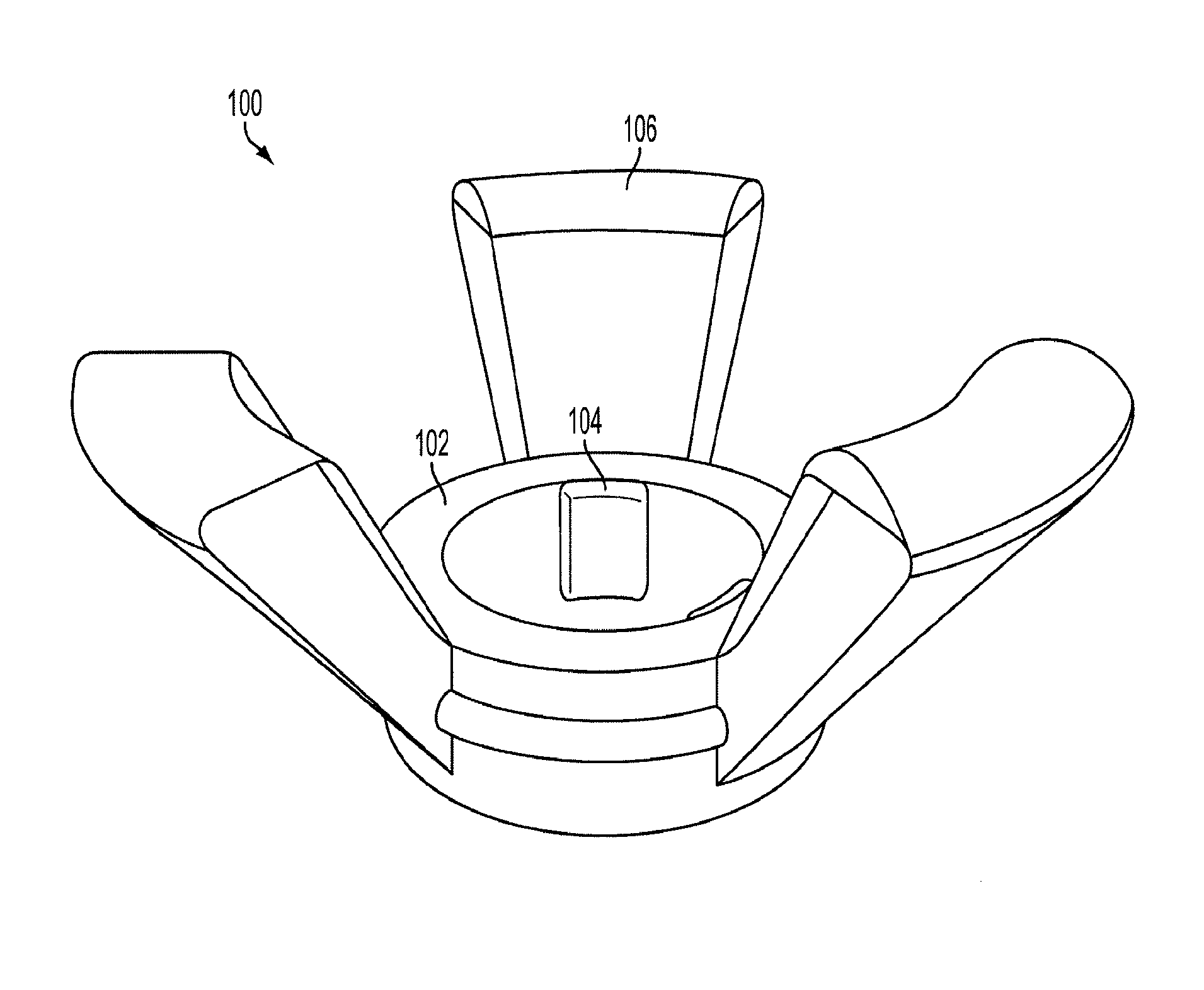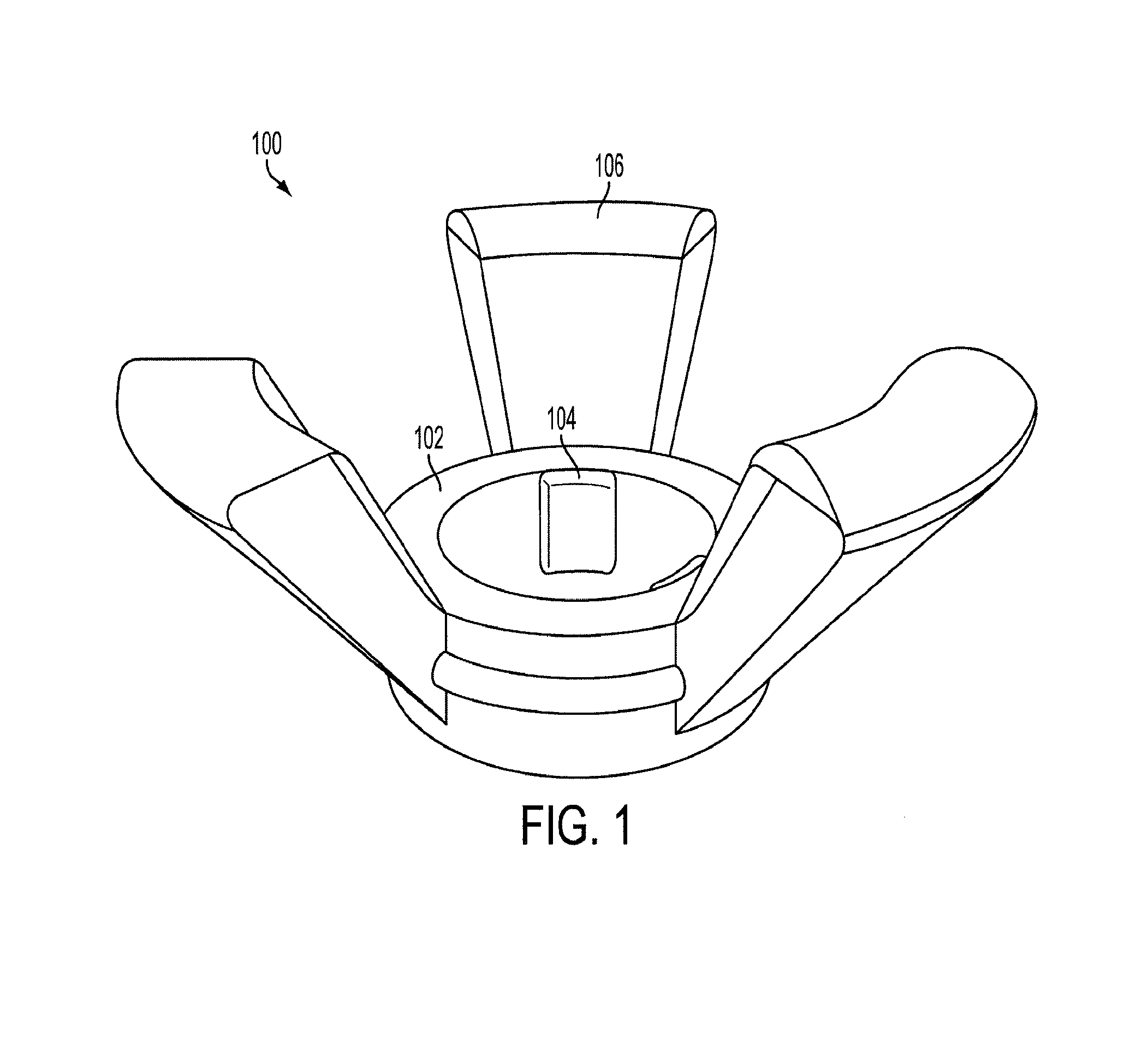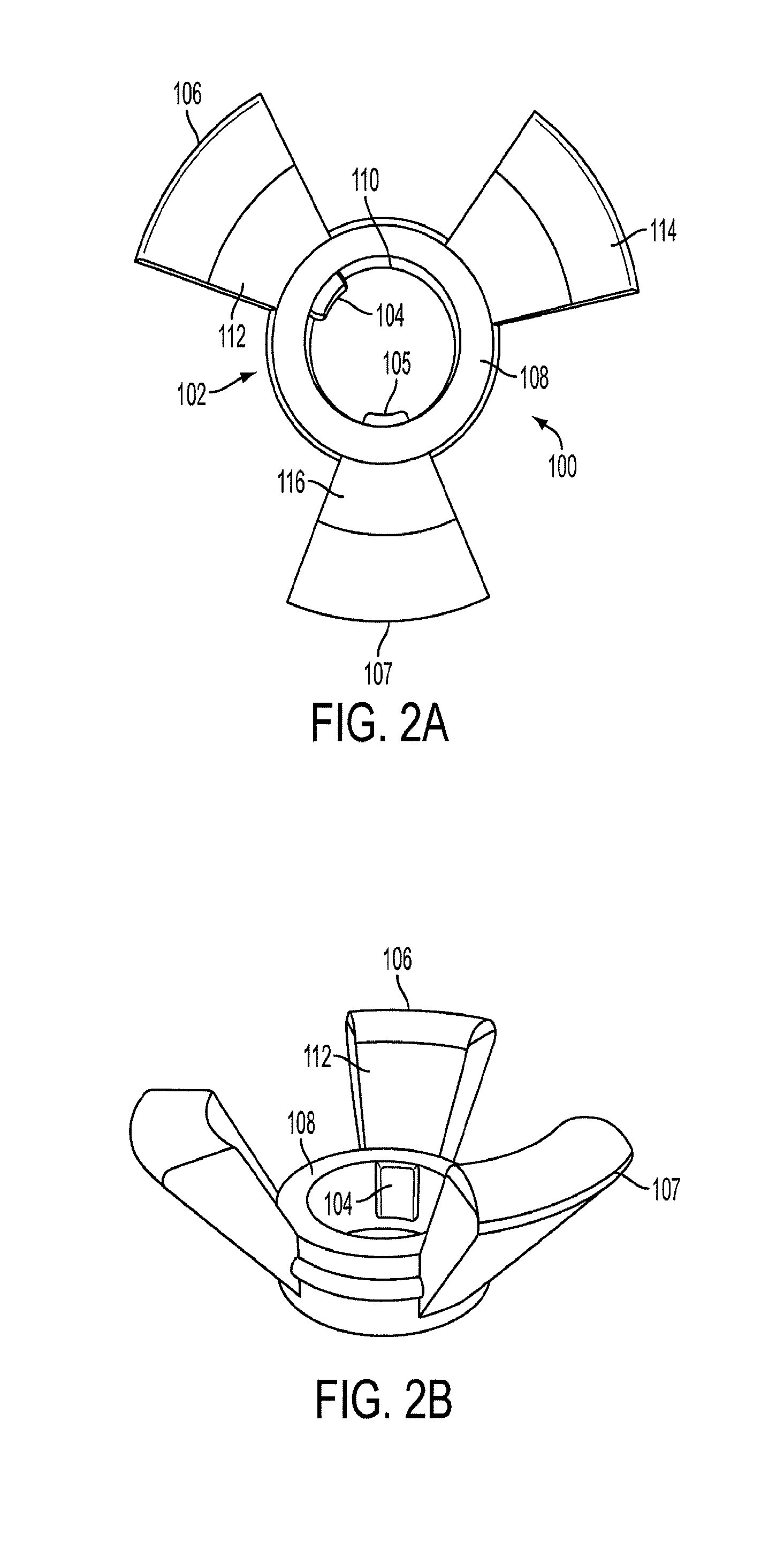Preterm labor monitor
a preterm labor and monitor technology, applied in the field of measuring and monitoring uterine cervical activity indicative, can solve the problems of 70% of neonatal morbidity and mortality, no way of accurately detecting preterm labor, and continued plague of preterm labor diagnosis in the obstetric community
- Summary
- Abstract
- Description
- Claims
- Application Information
AI Technical Summary
Benefits of technology
Problems solved by technology
Method used
Image
Examples
example 1
Use of Medical Device with a Patient
[0072]According to one embodiment, the medical device 100, 200, 302 may be adapted to be applied directly to the cervix by the clinician. For example, when a symptomatic or highrisk patient visits her physician for a weekly or bi-weekly routine check-up, she may undergo a series of tests, including monitoring via a tocodynamometer, a digital examination and / or a transvaginal ultrasound to assess cervical length. This evaluation can last from two hours to 24 hours while the woman is probed and monitored. The disposable cervical elastic ring portion of the medical device may be placed on the cervix of the patient after the initial digital examination, and remain for the full duration of the observation period. This may allow the physician to closely monitor the patient's dilatation, effacement, and contractions without constantly being in attendance. The readings may be provided by a separate monitor and saved to a hard-drive. At each evaluation for...
example 2
Direct Application to the Cervix
[0074]According to an embodiment, the medical device 100, 200, 302 may be comprised of flexible, biocompatible and sterilizable components that conform to a normal pregnant cervix. The outputs that address these inputs may be realized in the design of the cervical ring through the specified characteristics of materials, fixation points and overall form factor.
[0075]According to one embodiment, the elastic ring 108 may have an initial inner diameter of approximately 20 mm and a stretched inner diameter of approximately 40 mm. The flexible band may have a thickness of approximately 4 mm and a depth of approximately 10 mm. Each wing portion may have a width of approximately 10 mm and a depth of approximately 7 mm.
[0076]According to another embodiment, the device may be made of biocompatible medical grade polymer, for example, but not limited to, a medical grade silicone elastomer. The optimal Young's modulus, sometimes referred to as the elastic modulus ...
example 3
Direct Detection of Cervical / Uterine Activity
[0077]According to one embodiment, the medical device 100, 200, 302 may be comprised of uterine contractility sensors (measuring cervical and vaginal electrical potential), effacement sensors (measuring tissue thickness) and dilatation sensors (measuring diameter). The outputs that address these inputs are realized in the selection of the cervical ring sensors through the specified characteristics and placement of the selected electrodes, LED emitter and detector pair and embedded stretch gauge.
[0078]According to another embodiment, unipolar electrodes may be used to detect both cervical and uterine contractions and / or electric potentials. Such electrodes may be made from, for example, 316L stainless steel and / or sintered silver chloride (Ag—AgCl). The electrodes may have an approximately 8 mm diameter. According to one embodiment, the electrodes may comprise EMG electrodes having a measurement range of approximately 50 to 3000 Hertz. Acc...
PUM
 Login to View More
Login to View More Abstract
Description
Claims
Application Information
 Login to View More
Login to View More - R&D
- Intellectual Property
- Life Sciences
- Materials
- Tech Scout
- Unparalleled Data Quality
- Higher Quality Content
- 60% Fewer Hallucinations
Browse by: Latest US Patents, China's latest patents, Technical Efficacy Thesaurus, Application Domain, Technology Topic, Popular Technical Reports.
© 2025 PatSnap. All rights reserved.Legal|Privacy policy|Modern Slavery Act Transparency Statement|Sitemap|About US| Contact US: help@patsnap.com



